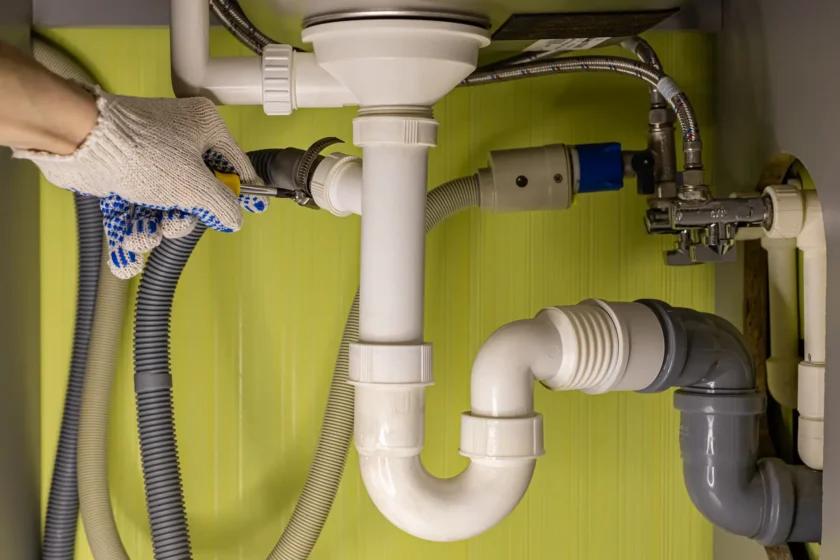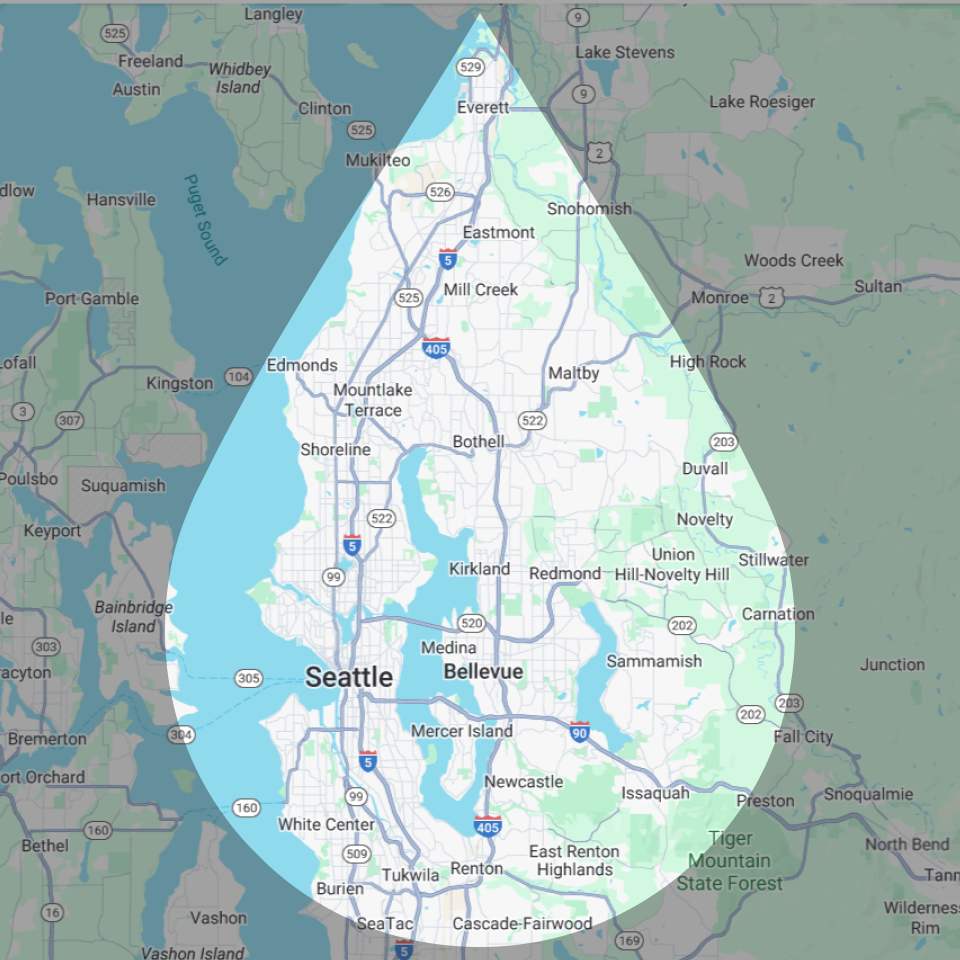A gurgling sink, a shower that won’t clear, or that unmistakable sewer odor—each can be a clue. But which clue points to a quick clean-out, and which signals a bigger problem with the pipe itself? This guide explains how to know if a drain pipe is clogged and only needs cleaning, when warning signs suggest repair or full replacement, and how professionals diagnose issues so you can make a confident, cost-smart decision.
Why Drain Pipe Maintenance Matters
Drain lines quietly handle thousands of gallons a year. Film from grease and soap, hair, scale, and even small construction debris gradually narrow the passage. Left alone, a simple recurring drain clogs problem becomes an emergency backup—or worse, a leak that damages cabinets, floors, and framing. Routine cleaning extends pipe life, protects your home, and helps you avoid premature replacement.
The Difference Between Cleaning, Repair, and Replacement
- Cleaning removes soft obstructions: hair mats, grease, soap scum, food buildup. Think cable snaking or hydro-jetting.
- Repair fixes a localized defect: a misaligned joint, a small break, or a short collapsed section. Spot repairs are common on accessible lines.
- Replacement addresses widespread failure: severely corroded/collapsed piping, extensive root invasion, or materials that are no longer safe or code-compliant. Replacement restores reliability, capacity, and resale confidence.
If you can connect your symptoms to one of these buckets, you’re already closer to the right solution.
Common Signs You Need Drain Cleaning
Cleaning is the place to start when symptoms are mild, localized, and intermittent.
Slow Draining Sinks, Tubs, or Showers
A single slow fixture usually means the branch line is coated with film or partially blocked near the trap. It’s the classic case of signs drain pipe needs cleaning—especially after heavy kitchen use or long showers that shed hair and soap. If cleaning restores normal flow for months, you likely caught it early.
Frequent or Recurring Clogs
When a fixture clears after plunging or a quick snake but slows again within days or weeks, buildup remains on the pipe wall. You don’t necessarily need replacement; you need a main drain line needs cleaning approach that removes residue from the walls, not just a hole through the clog. Hydro-jetting excels here.
Gurgling Noises Coming From Pipes
A gurgling sound in drain pipes usually means air is trapped behind a partial obstruction. As water passes, air burps through the clog. If the gurgle is limited to one sink or tub, cleaning that branch often fixes it. If multiple fixtures gurgle, keep reading—the issue may be deeper.
Unpleasant Odors From Drains
A sour or sulfur smell points to stagnant film or a drying trap. If refilling the trap and cleaning nearby piping stops the sewer odor coming from drain trap, you’re done. If the smell returns quickly, there may be a larger restriction downline that needs professional cleaning and inspection.
Warning Signs Your Pipes May Need More Than Cleaning
These red flags suggest damage, misalignment, or failure—not just soft buildup.
Persistent Leaks Around Fittings or Joints
Tightening slip nuts won’t cure cracks, pinholes, or distorted fittings. If you find a drain pipe leaking under sink what to do moment: shut off the affected fixture, place a pan or towel, and schedule service. One leak can be repair, but recurring leaks or brittle parts hint at age-related failure.
Sewage Backups in Toilets or Tubs
Raw sewage returning through low fixtures is the textbook sign of a clogged sewer line vs clogged drain situation. A local branch clog rarely sends sewage into other fixtures; main-line restrictions or structural damage do. Cleaning may clear it temporarily, but if backups repeat, you need a camera inspection to determine whether repair or replacement is appropriate.
Multiple Fixtures Clogging at the Same Time
If a bathroom sink, tub, and toilet all slow together, the shared line is the choke point. Cleaning may restore flow, but if symptoms rebound quickly, your plumber will check for tree roots blocking sewer line signs, separations, or bellies (sags) that hold sludge.
Water Stains or Damage Around Drains
Dark rings in cabinets, damp drywall, or warped flooring around drains suggest leaks beyond a loose connection. Over time, small weeps become structural rot. These are symptoms of a broken drain pipe that merit inspection, not just another cleaning.

When Drain Pipes Need Full Replacement
At some point, cleaning stops lasting and repairs become band-aids. These scenarios often justify replacement.
Aging or Corroded Pipes Beyond Repair
Cast iron had a long run, but after 50–75 years it can scale internally and flake. Flow shrinks, and rust undermines walls until holes form. If an inspection shows widespread deterioration, corroded cast iron drain pipe replacement is the durable fix. Likewise, ancient galvanized or Orangeburg pipe (a bituminous fiber material) are well past their design life.
Extensive Tree Root Infiltration
Roots seek moisture and exploit tiny cracks. If jetting and cutting blades can’t keep roots at bay for at least 12–24 months, the pipe is likely compromised along multiple joints. In those cases, spot repairs lose the war; replacing the affected section stops intrusion at the source.
Frequent Repairs That Don’t Last
When you’ve paid for repeated cleanings, had multiple spot repairs, and still see slowdowns or leaks, you’re in the “good money after bad” zone. This is a strong signs drain pipe needs replacement moment—replacement ends the cycle and reduces emergency risks.
Pipe Materials No Longer Code-Compliant
Some legacy materials are prone to failure or are disallowed in new work. If your home still relies on fragile or non-compliant piping, upgrading to modern PVC or ABS with proper slope and cleanouts is safer and easier to maintain. For localized breaks on plastic, pvc drain pipe cracked replacement is straightforward; for systemic issues, full replacement is more cost-effective long term.
Professional Solutions for Drain Problems
A careful diagnosis saves you from replacing what only needs cleaning—or cleaning what truly needs replacement.
Get professional cleaning and extends your pipe’s life.
Drain Cleaning and Hydro-Jetting Services
- Cable augering (snaking) breaks up dense clogs like hair and paper. It’s fast and effective for localized blockages.
- Hydro-jetting scours pipe walls with high-pressure water. Unlike snaking, jetting strips grease and soap film so new buildup can’t anchor easily—ideal for professional drain cleaning vs DIY results that last.
Camera Inspections to Diagnose Hidden Issues
A video scope shows exactly what’s happening: scale, offsets, bellies, cracks, roots. If you’re curious about drain pipe inspection camera cost, it varies by line length, access, and whether you also need mapping or locating—but the value is in avoiding guesswork. The footage lets you choose between cleaning, sectional repair, or replacement with confidence.
Safe and Efficient Pipe Replacement by Experts
When replacement is the smartest move, pros handle permitting, code-compliant materials, proper slope, venting checks, and new cleanouts for future maintenance. Trenchless options (where feasible) minimize yard or hardscape disruption. Your plumber will explain methods and provide a drain pipe replacement cost estimate after inspection—so you understand scope, timeline, and warranties before work begins.
How Ben’s Plumbing Can Help in Seattle
Honest Assessment: Cleaning vs. Replacement
We start with questions about your symptoms, then test and inspect. If cleaning will truly solve it, we’ll recommend that first. If the line is failing, we’ll show you the evidence and outline options—no pressure, just facts.
Long-Term Solutions That Save You Money
Our goal is a fix that lasts. Sometimes that’s jetting plus a small repair; other times, replacing a failing section prevents repeated emergencies. Either way, you’ll know why we recommend it and what you can expect in service life.
Preventing Future Drain Pipe Issues
A few habits will keep your newly cleaned or replaced lines in great shape:
- Keep grease and fibrous scraps out of sinks. Wipe pans, compost peels, and use a basket strainer.
- Fit hair catchers in showers and clean them frequently.
- Flush lines with hot water weekly. Not boiling for bathrooms—just hot—to melt fresh film.
- Use baking soda and vinegar monthly on prone sinks and showers to discourage buildup.
- Schedule maintenance if you’ve had deep clogs before. Annual jetting on heavy-use kitchen lines can be cheaper than emergency calls.
- Watch for early signs. Slow multi-fixture drains, persistent odors, or new gurgles are early warnings—not background noise.
Please Click to Call or Fill out our Contact Form Here
Quick Decision Guide: Cleaning vs. Replacement
- Probably cleaning: One slow fixture, occasional gurgle, odor that resolves after trap refill, clogs that stay gone for months after jetting.
- Repair or replacement likely: Multiple fixtures slow or back up, sewage in low tubs, leaks at hidden joints, repeated blockages within weeks, camera evidence of cracks, offsets, heavy scale, or roots across many joints.
If you’re debating when to replace drain pipes in house, let evidence lead the way. A short camera inspection paired with cleaning often clarifies the smartest next step—without guesswork or overspending.



